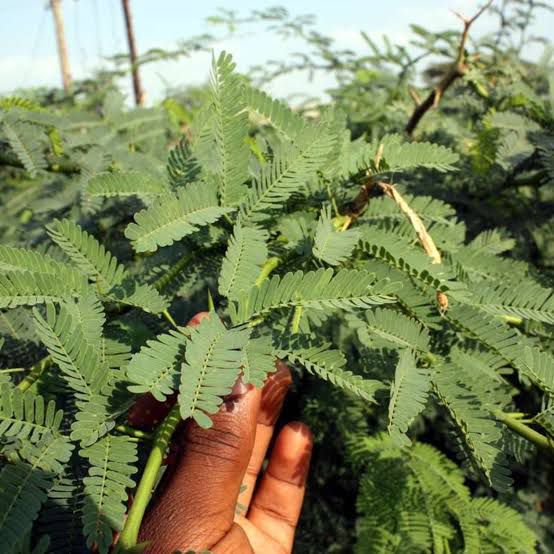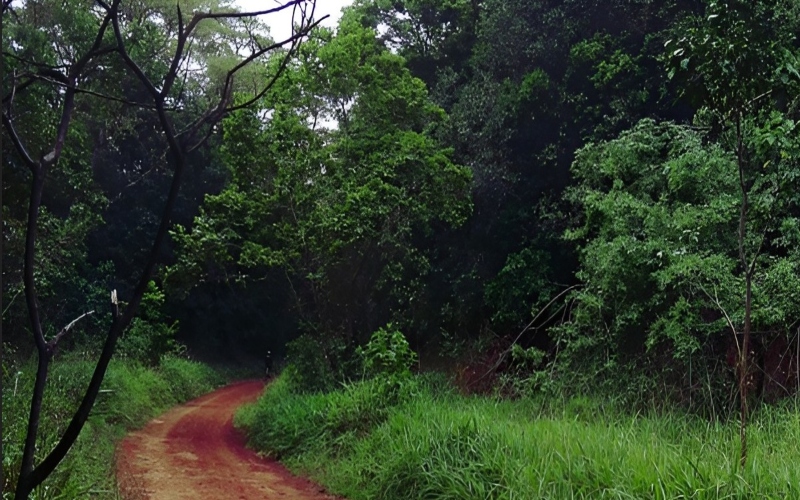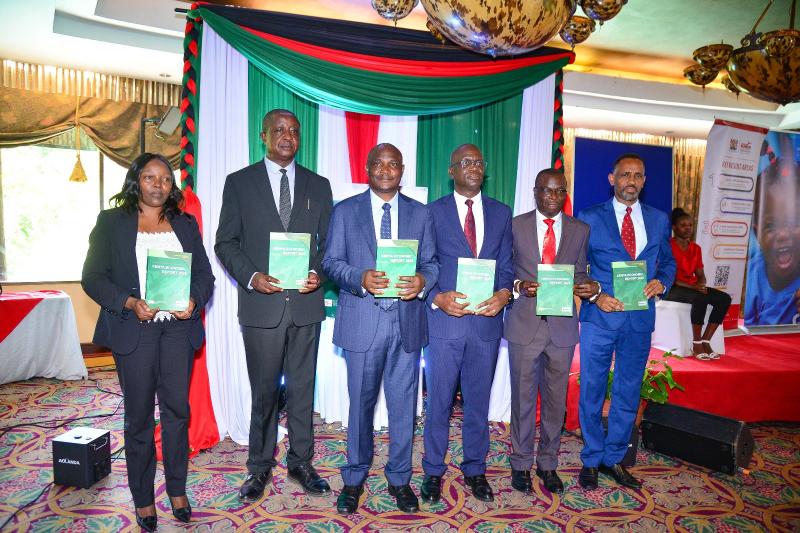Experts present Mathenge tree management plans to Environment Ministry

Forestry experts from KEFRI and Kenya Forest Service presented strategies to manage the Mathenge tree to officials led by Cabinet Secretary for Environment, Forestry, and Climate Change Soipan Tuya.
Forestry experts from KEFRI and Kenya Forest Service presented strategies to manage the Mathenge tree to officials led by Cabinet Secretary for Environment, Forestry, and Climate Change Soipan Tuya at the ministry headquarters today.
According to the ministry, the Mathenge tree, scientifically known as Prosopis juliflora, was introduced to the country in 1948 to combat landscape degradation and desertification. However, it turned invasive due to the conducive environment, spreading severely across 22 counties, with 16 more at risk.
More To Read
- National Assembly lifts ban on forest harvesting at Eldoret International Airport, Boma Airstrip
- MPs vow to censure Defence CS Soipan Tuya over Nairobi KDF recruitment centres
- Kenya wins bid to host 2029 global forestry research congress
- Alarm as invasive Mathenge plant overruns 1.1 million hectares, threatening livelihoods in 22 counties
- Sh30 million project to turn Invasive mathenge weed into economic resource launched in Turkana
- Asal counties move to stop spread of stubborn Mathenge plant
The ministry stated that these strategies will enable various stakeholders to coordinate and effectively manage the plant for socioeconomic development and halt its adverse effects on the environment, livestock, and livelihoods.
Government statistics indicate that Mathenge trees spread at a rate of 15 percent yearly and have so far colonized millions of acres of land in Kenya.
Dubat Ali Amey, the chairman of the Kenya Livestock Marketing Association, who has been vocal about eradicating the plant, called for the involvement of affected stakeholders before the government implements any strategy to manage the plant.
“Forestry experts who introduced the plant to Northern Kenya brought us a disaster,” asserted the chairman. He said the invasive tree eradicated all the indigenous trees in the ASAL (Arid and Semi-Arid Lands) counties. The livestock marketing chairman mentioned Garissa, Tana River, Isiolo, and Baringo as the worst affected by the invasive Mathenge weed.
“The tall thorny plant defies all odds to remain green and healthy during the drought with no value. It has caused massive death to our livestock,” said Dubat. He claimed that the weed was first introduced at the Bura Irrigation scheme in 1978 as a windbreaker by a manager known as Mathenge before it spread to Garissa and other parts of Northern Kenya.
Top Stories Today










































